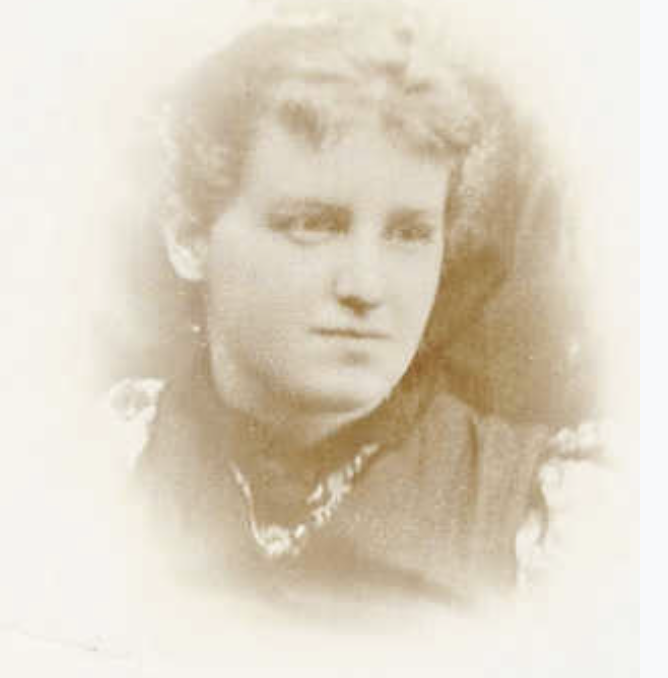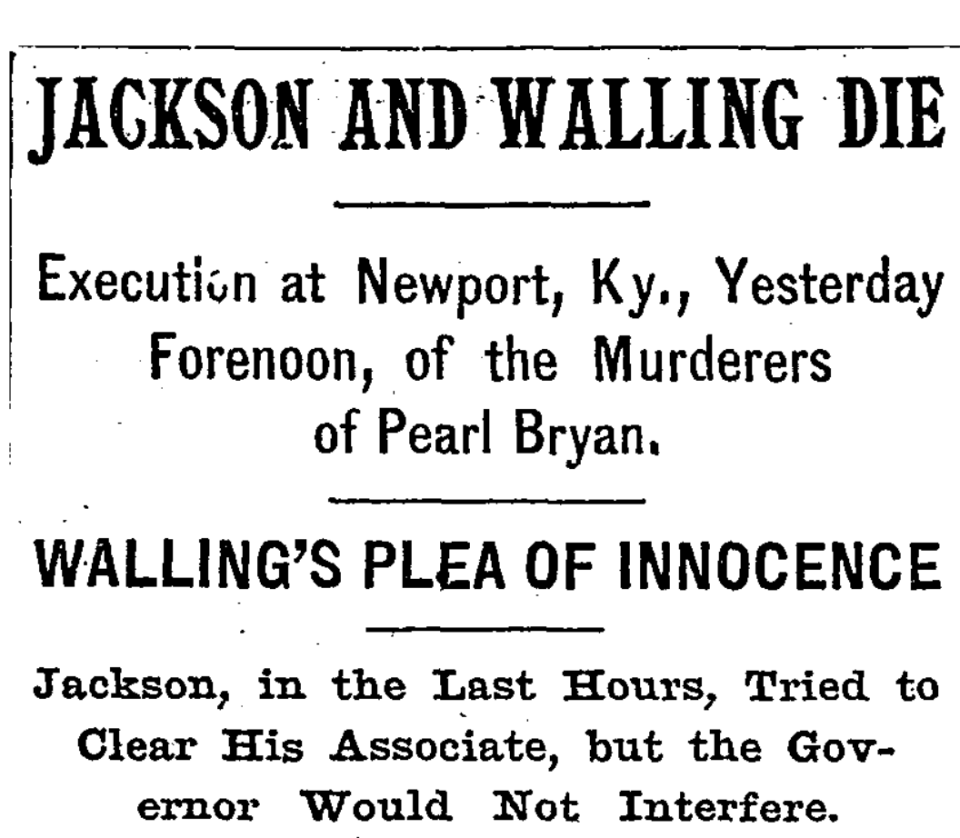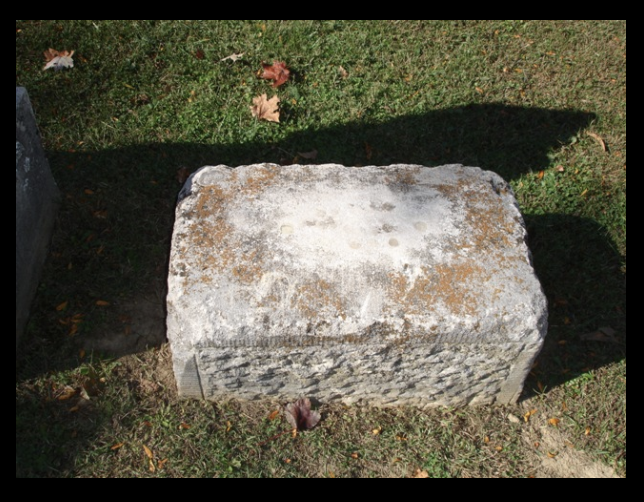A twisted tale: A failed abortion, a beheading and pennies left heads up at a grave
- Oops!Something went wrong.Please try again later.
Editor's note: This story contains graphic content that may upset some readers. It is based on 19th century news accounts from The Courier Journal, The New York Times and other sources.
LOUISVILLE, Ky. — The daughter of a prosperous farmer, Pearl Bryan was described as “vivacious, pretty, fond of society and very popular.”
At age 23 in 1895, she seemed to have made a promising match when she met Scott Jackson, a student at the Ohio College of Dental Surgery.
But soon, she was pregnant.
Jackson sent a prescription for ergot and rye, a potion used at the time to induce miscarriages, to her home in Greencastle, Indiana, about 150 miles northwest of Louisville.
More: Abortions in Kentucky were common before Roe v. Wade. So were women suffering and dying
Bryan refused to fill it. With her pregnancy about to show, Jackson told her to meet him in Cincinnati, where he was in school.
Ostensibly bound for Indianapolis to visit a relative, Bryan instead took the train to the Queen City, where she registered at a hotel under the assumed name of "Mabel Stanley.”

She met Jackson the next day at a tavern, where he slipped cocaine in her drink to try to end her pregnancy. It didn’t work.
Jackson and his roommate, Alonzo Walling, decided to take more desperate measures:
On Jan. 31, 1896, they cut off her head, so she wouldn’t be identified, and dumped the rest of her body on a farm in Fort Thomas.
Through her custom-made shoes, police were able to trace Bryan to her hometown and discover her name.
Read this: What US Supreme Court's Roe v. Wade and Kentucky law say about abortion rights
Even without her head, Bryan's mother said, she was able to identify her daughter through a wart on her thimble finger.
In a spectacular trial in Cambell Circuit Court covered gavel to gavel by The New York Times and The Courier Journal, Jackson and Walling blamed each other for the gruesome crime but were both convicted of murder and sentenced to die.
Affirming their convictions, the Kentucky Court of Appeals said their motive was obvious — to end Bryan’s pregnancy before “concealment” was no longer possible.
Fourteen months after the murder, Jackson and Walling were executed in a joint hanging in Newport on March 20, 1897, with both men protesting their innocence on the gallows as 300 men watched and thousands more surrounded the jail.

Bryan’s head was never found, and police theorized the perpetrators had disposed of it in the furnace at their dental school.
Their victim’s demise was memorialized in folk songs.

Her headless body was buried in Forest Hill Cemetery in Greencastle, Indiana, where to this day, says superintendent Jason Keeney, visitors leave pennies at her grave.
They are always placed heads up — to replace the one she lost.
Andrew Wolfson: 502-582-7189; awolfson@courier-journal.com; Twitter: @adwolfson
This article originally appeared on Louisville Courier Journal: Abortions in Kentucky: Before Roe v. Wade, there was Pearl Bryan

